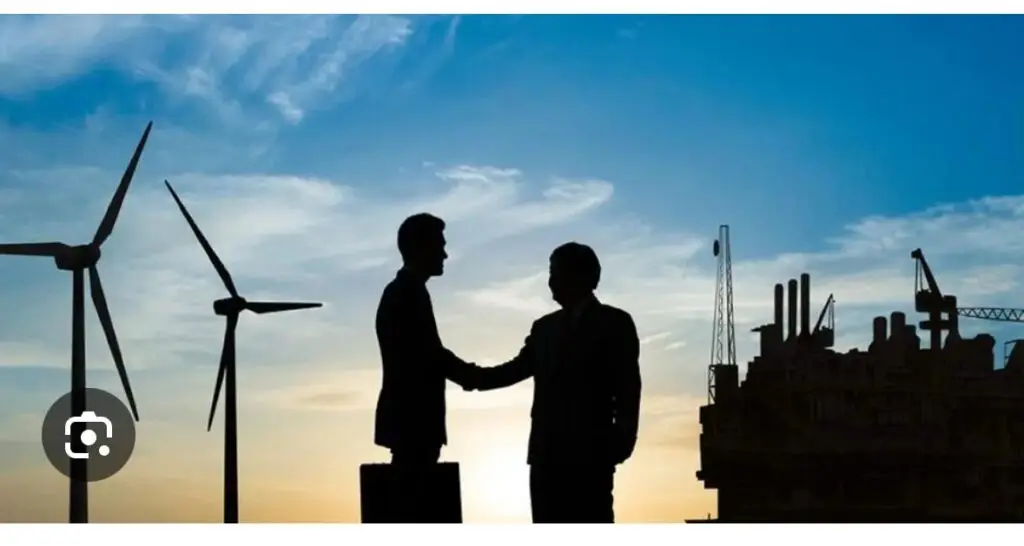
The UK’s ambitious offshore wind targets are colliding with rising geopolitical unease, as a proposed turbine factory by China’s Mingyang Smart Energy in Scotland faces mounting scrutiny. What was once a clean energy milestone is now being viewed through a different lens—one focused sharply on offshore security, surveillance risk, and foreign influence over critical infrastructure.
The proposed investment would bring manufacturing jobs to Scotland and support the UK’s floating wind ambitions, particularly for projects like Green Volt in the North Sea and the Celtic Sea developments. Yet both US and UK officials have expressed concern that Chinese technology could act as a backdoor for espionage, particularly near sensitive military installations or strategic energy corridors.
While Mingyang is a private company, US intelligence has warned of the potential for Chinese state interference. Critics point out that turbines, especially those placed offshore are not just mechanical infrastructure but data-rich assets, capable of housing advanced electronics. In the wrong hands, those electronics could pose a serious threat. This is where it is becoming critical to evaluate the right wind farm security solution for the right environment!
This debate has been shifting from economic opportunity to national security. The idea of foreign-made turbines operating in British waters raises red flags not only in Westminster but also in Washington, with parallels being drawn to ongoing scrutiny of Chinese technologies in telecoms and AI.
As these floating wind farms grow in scale and importance, they become more than renewable power sources, they evolve into national assets. Protecting them requires more than physical distance from sensitive zones. It demands integrated, layered systems that can actively manage exclusion zones, monitor marine activity, and detect anomalies across the surface and subsea environment.
Industry insiders are calling for more robust frameworks around organisations that can provide a wind farm security solution, especially as global competition in turbine manufacturing intensifies. It’s not just about who builds the blades, it’s about who sees the data, who controls the sensors, and who understands the full picture offshore.
Geofencing, once used primarily in naval and offshore oil operations, is now being adopted by a new generation of VTMS systems to monitor the complex, multi-asset environments of offshore renewables. These systems offer more than compliance, they offer a shield. With AIS, autonomous drone integration, and subsea tracking, modern VTMS systems provide the kind of situational awareness that’s no longer a nice-to-have but a must-have.
Scotland’s Deputy First Minister has indicated there’s still “room” for investment, but industry voices are becoming louder in calling for a secure, sovereign supply chain, one that supports clean energy growth without compromising on control.
The UK’s offshore wind future is bright—but only if it’s secure.
